The bail bond process is a fundamental aspect of the legal system, offering individuals the opportunity to secure their release from custody while awaiting trial. It serves as a bridge between the presumption of innocence and the due process of law. This essay explores the intricate mechanics of the bail bond process, elucidating its stages, significance, and implications for both defendants and the legal system as a whole.
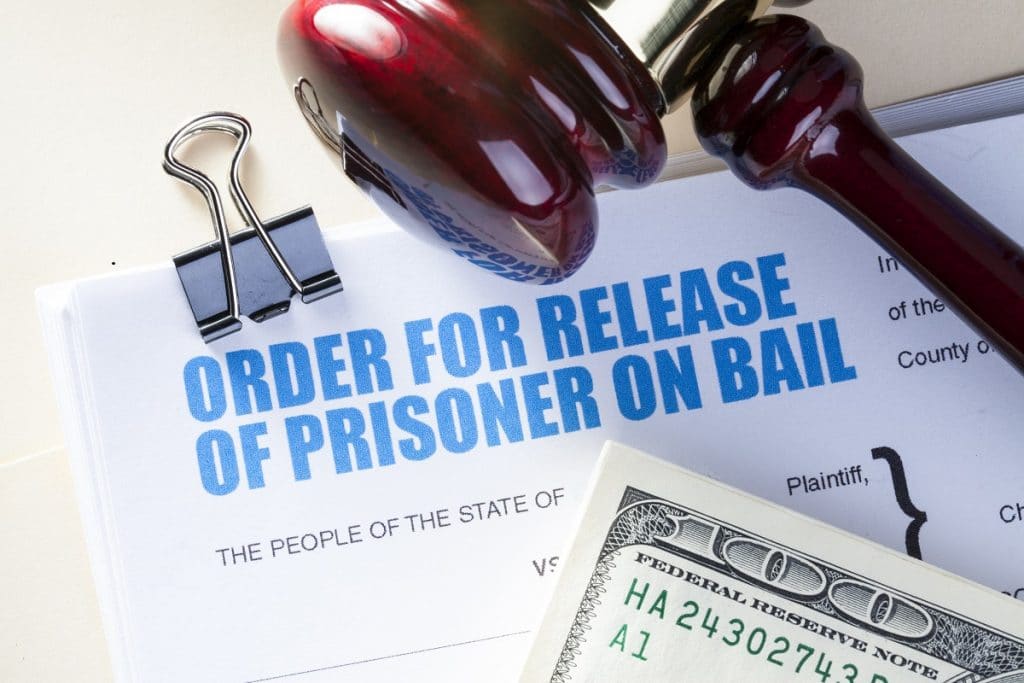
Unveiling the Bail Bond Process
The bail bond process involves multiple stages, each contributing to the overall objective of facilitating a defendant’s release from custody:
- Arrest and Booking: When an individual is arrested, they undergo a booking process that includes record-keeping, photographing, and fingerprinting.
- Bail Hearing: Following arrest, a judge assesses the nature of the charges, the defendant’s criminal history, and the risk of flight. A bail hearing determines whether bail should be granted and at what amount.
- Setting Bail Amount: The judge sets the bail amount based on factors such as the severity of the offense, flight risk, criminal history, and community ties.
- Bail Options: Defendants can either pay the full bail amount directly to the court (cash bail) or opt for a bail bond through a bail bondsman.
How Bail Bonds Work
- Contacting a Bail Bondsman: If a defendant cannot afford the full bail amount, they can seek assistance from a bail bondsman. The defendant pays a percentage (usually 10-15%) of the total bail amount to the bail bondsman.
- Signing the Agreement: The defendant and their co-signer (often a family member or friend) sign a bail bond agreement. This legally binds the defendant to appear in court and adhere to any conditions set by the court.
- Bail Bond Premium: The fee paid to the bail bondsman is the bail bond premium. It is non-refundable and serves as compensation for the risk undertaken by the bondsman.
- Collateral and Responsibility: In some cases, collateral such as property or assets may be required to secure the bond. The co-signer assumes responsibility for ensuring the defendant’s appearance in court.
- Release from Custody: Once the bail bond is secured, the defendant is released from custody. However, their legal obligations and court appearances remain in effect.
Importance and Implications
- Presumption of Innocence: The bail bond process upholds the principle that individuals are innocent until proven guilty and provides a means for pre-trial release.
- Criminal Justice Efficiency: By allowing defendants to await trial outside of custody, the system is relieved of unnecessary overcrowding in jails.
- Risk Mitigation: Bail bondsmen assess the risk of defendants not appearing in court. This risk is offset by the premium paid.
- Defendant’s Role: Defendants must fulfill their legal obligations, including attending court hearings, adhering to conditions, and avoiding criminal activity.
- Community Ties: The bail bond process acknowledges the defendant’s ties to the community, promoting stability during the pre-trial period.
Challenges and Ethical Considerations
- Financial Constraints: Cash bail and bail bond premiums can pose financial challenges for defendants and their families.
- Inequities: The system may disadvantage individuals without financial resources, leading to prolonged pre-trial detention.
- Bail Bondsmen’s Role: While providing a valuable service, bail bondsmen operate as profit-oriented entities, raising ethical concerns.

Balancing Justice and Liberty
The bail bond process plays a pivotal role in ensuring the delicate balance between the presumption of innocence and the administration of justice. It offers a means for defendants to secure their release from custody while awaiting trial, provided they adhere to their legal responsibilities. As the legal system continues to evolve, discussions surrounding bail reform aim to address the challenges and ethical considerations inherent in the process. Ultimately, the bail bond process embodies the principles of justice, liberty, and the pursuit of a fair legal system.
Navigating Freedom: A Closer Look at How Bail Bonds Work
The intricacies of the bail bond process represent a significant aspect of the legal framework, allowing individuals the opportunity to regain their freedom while navigating the complexities of the criminal justice system. This essay aims to demystify the mechanics of how bail bonds work, exploring the steps, implications, and considerations involved in this pivotal process.
Unveiling the Bail Bond Process
- Arrest and Booking: The process commences with the arrest of the individual, followed by the booking procedure, where their personal information is recorded.
- Bail Hearing: A judge evaluates various factors, including the nature of the crime, the defendant’s criminal history, and the potential flight risk. The judge then determines the bail amount required for release.
- Bail Amount Determination: The bail amount is typically set higher for more serious offenses. It serves as collateral to ensure the defendant’s appearance in court.
- Options for Release: Defendants have two primary options for release: paying the full bail amount directly to the court or seeking assistance from a bail bondsman.
How Bail Bonds Work
- Bail Bondsman Consultation: When the bail amount is beyond a defendant’s financial reach, they can consult a bail bondsman. The defendant pays a fraction of the bail amount, usually around 10-15%, to the bondsman.
- Signing the Agreement: The defendant and a co-signer, often a family member or friend, enter into a bail bond agreement. This agreement outlines the terms and conditions of the bail bond.
- Bail Bond Premium: The fee paid to the bail bondsman, known as the bail bond premium, is non-refundable. It compensates the bondsman for the risk undertaken.
- Collateral and Responsibility: In some cases, collateral may be required to secure the bond. The co-signer assumes responsibility for the defendant’s appearance in court.
- Release from Custody: Once the bond is secured, the defendant is released from custody. However, they are obligated to fulfill their court appearances and adhere to any conditions set by the court.
Importance and Implications
- Presumption of Innocence: The bail bond process respects the principle of innocent until proven guilty by enabling pre-trial release.
- Reduced Jail Overcrowding: Defendants awaiting trial outside of custody alleviate the burden on correctional facilities.
- Risk Assessment: Bail bondsmen assess the defendant’s risk of flight and adjust their fee accordingly.
- Pre-Trial Stability: Defendants can maintain their personal and professional lives while awaiting trial.
Challenges and Ethical Considerations
- Financial Strain: Bail bond premiums and cash bail can disproportionately impact lower-income defendants.
- Disparities: The system’s financial requirements can perpetuate inequalities in the justice system.
- Profit Motive: Bail bondsmen operate for profit, which raises ethical concerns regarding the commodification of freedom.
Conclusion: The Tug between Freedom and Justice
In conclusion, the bail bond process functions as a pivotal link between personal freedom and the judicial system. While enabling defendants to secure their release, it also carries ethical considerations and potential pitfalls. As discussions surrounding bail reform persist, the quest for a just and equitable system continues. By illuminating the mechanics of bail bonds, society engages in a broader conversation about justice, freedom, and the evolving landscape of criminal law.
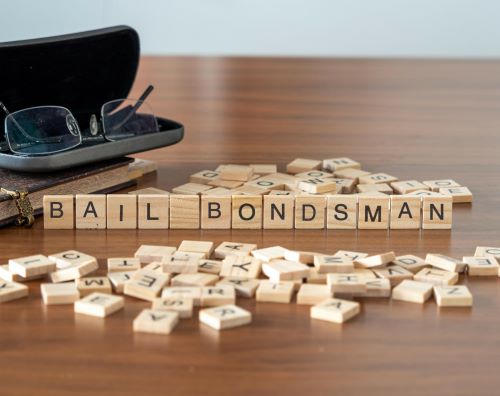


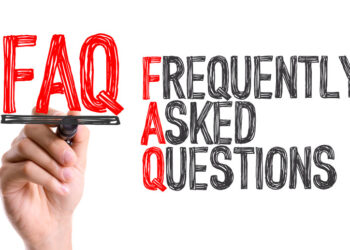

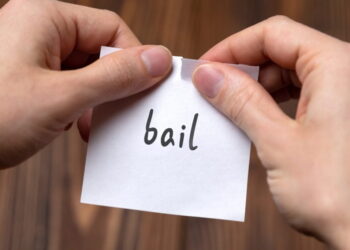














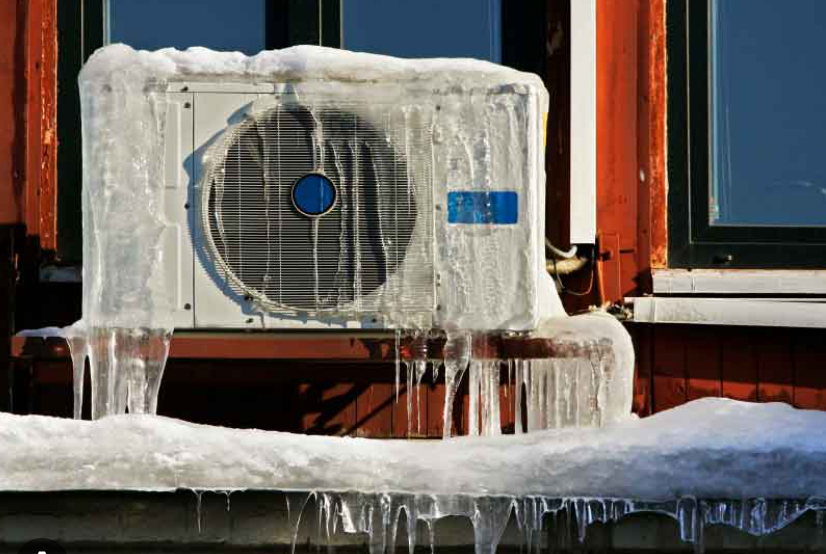


Discussion about this post